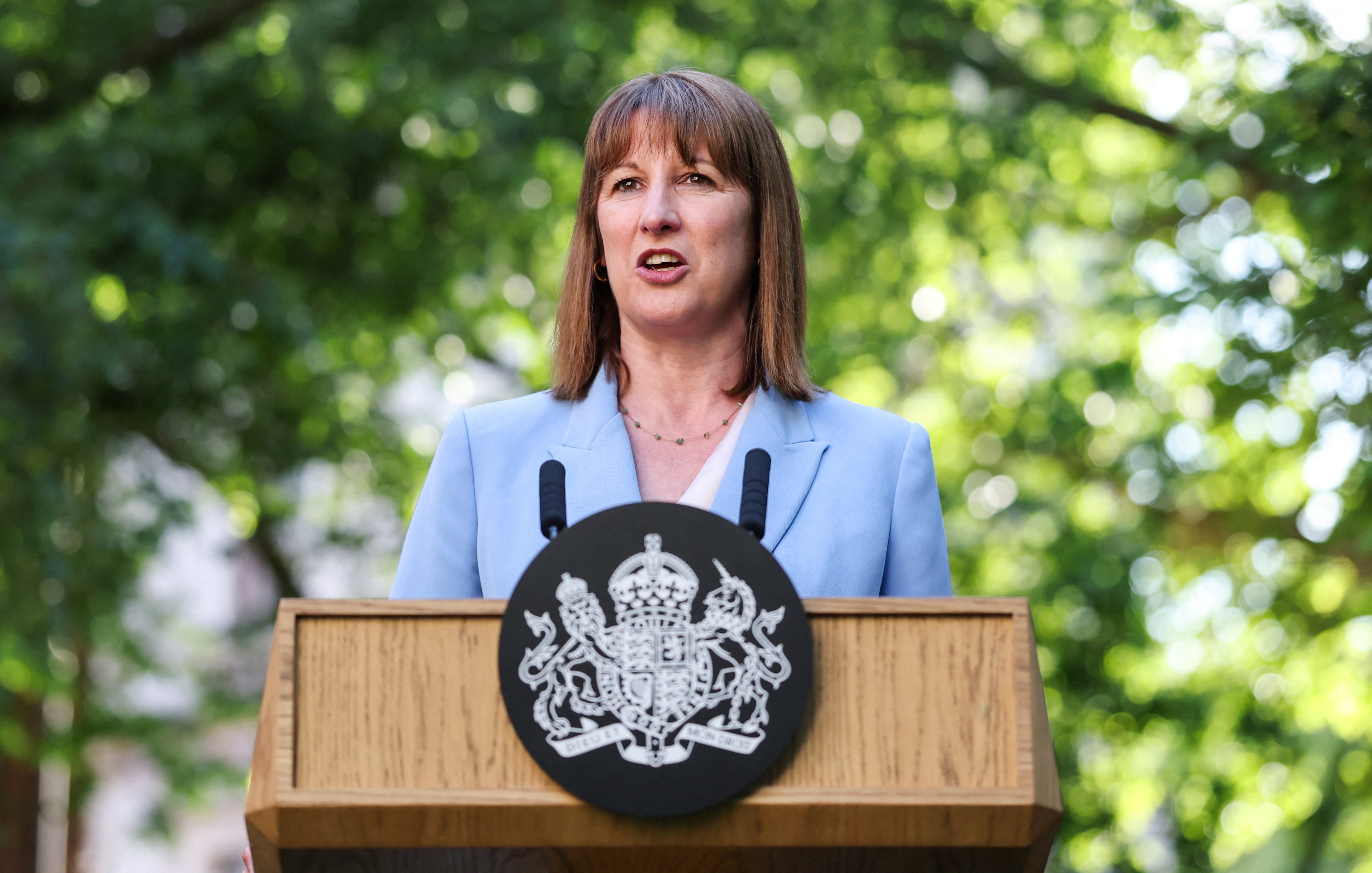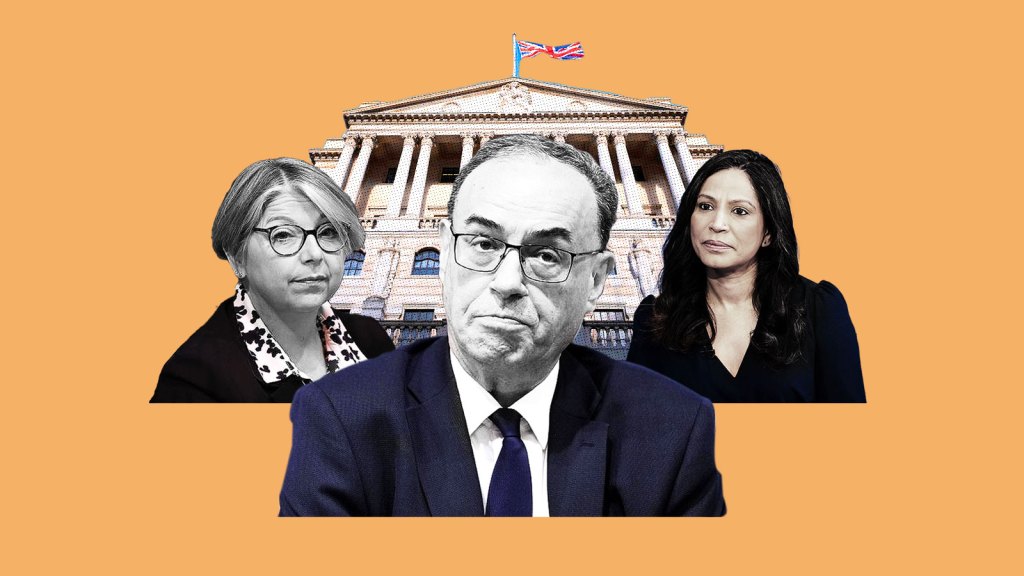Bank of England’s Deputy Governor Focuses on Market Stability
In her office at the Bank of England, Sarah Breeden has a cartoon that serves as a poignant reminder of the banking crisis of 2008. It features two fairies cautioning one another with the message, “if you don’t believe in banks, you die.”
Breeden, who previously led special projects at the Bank, is now the deputy governor for financial stability. She reflects on the daunting memories of the financial crisis, recalling, “I looked into the abyss of the banking system not functioning at all,” making those days still feel very “visceral” to her.
Last week, NatWest, previously known as the Royal Bank of Scotland, marked its return to private ownership nearly 17 years after being rescued with a £45 billion bailout. This event resonates with Breeden’s deep-rooted commitment to preventing future crises as she responds to calls from Chancellor Rachel Reeves for regulators to support Labour’s pro-growth initiatives.

Breeden emphasizes that ensuring financial crises do not occur is paramount to fostering growth. “We must prevent a scenario where millions face unemployment or where taxpayers need to bail out private banks to keep them operating,” she underscores.
In her inaugural interview since succeeding Sir Jon Cunliffe in November 2023, Breeden describes her role and the 500-strong financial stability unit team as “professional catastrophisers,” focused on identifying and averting potential financial disasters.
Additionally, Breeden participates in the monetary policy committee, which is currently experiencing its own challenges regarding the pace of interest rate reductions. She characterizes the differing views within the MPC as “healthy,” despite the apparent divisions.
As she serves tea from an elaborate silver pot delivered by a butler, Breeden shares insights into how she has redesigned her office space to promote collaboration, moving away from the old-fashioned layout that characterized her predecessor’s office.

An engaging figure with a practical sense of style, Breeden recounts her extensive 34-year career at the Bank. Her portfolio includes managing the Bank’s response to the Lehman Brothers collapse in 2008, regulating banks during Brexit, and leading interventions in the gilt market due to crises stemming from economic policy shifts.
Breeden recalls her early experiences, including her initial role working closely with Eddie George, the Bank’s governor at that time. She also remembers a crucial call from Mervyn King, George’s successor, asking her to oversee the Northern Rock crisis response in 2007.
While she acknowledges the Bank’s illustrious heritage, Breeden aims for a more modern and less hierarchical approach within her leadership role.

Having grown up in Stockport to parents engaged in local government, Breeden describes her upbringing as modest but fulfilling. Her academic journey led her to Cambridge for economics, where she developed a partnership with her husband, Tim, who now works on renewable energy initiatives in Africa.
Identifying Financial Threats: Cybersecurity, Inflation, and More
As a self-described “professional worrier,” Breeden addresses the issues that concern her most. Cybersecurity tops her list, with the Bank conducting rigorous penetration tests and annual stress assessments to ensure the resilience of the financial sector against cyberattacks.
“We engage ‘bad actors’ to test our systems,” she explains, stressing the need for adaptability as cyber threats evolve constantly.
The upcoming summer will see the unveiling of the latest cyber stress tests, alongside the financial policy committee’s published concerns regarding systemic stability. Discussion topics also include cryptocurrencies, which Breeden describes as “mere computer code” susceptible to value fluctuations.
On the subject of gilt yields, which are at a 25-year high, Breeden acknowledges the pressures affecting government borrowing costs and emphasizes the importance of monitoring hedge fund involvement that could exacerbate market instability. Recent findings indicate a growing trend of hedge funds constituting a significant portion of gilt trading volumes.

Breeden has observed that part of the rise in gilt yields correlates with US Treasury yields, particularly as concerns arise around fiscal policies. She notes the importance of understanding the interconnectedness of global bond markets.
As a voting member on interest rates, Breeden has recently supported a reduction to 4.25 percent. Despite differing opinions within the Monetary Policy Committee, she believes the labor market conditions are favorable enough to mitigate inflation risks, as unemployment rises slightly and wage growth stagnates.
Discussing current inflation trends, she categorizes April’s 3.5 percent inflation spike as a “hump” while maintaining that ongoing disinflation trends are significant. However, she remains vigilant about potential wage-induced inflation that could necessitate quicker interest rate cuts.
Breeden expresses a cautious outlook on future monetary policy paths and considers the importance of responsiveness to market conditions, noting her intent to avoid making definitive commitments on uncertain outcomes.
Her predecessor emphasized the need for attention to market-based finance, an area Breeden acknowledges still requires additional regulatory progress post-2008 crisis to prevent risk amplification.
Lastly, in light of Chancellor Reeves’s pro-growth agenda, Breeden highlights the Bank’s commitment to ensure that its regulations remain effective and flexible enough to encourage stability without compromising safety. Discussions concerning the potential modification of ringfencing rules, established after the last major crisis, are ongoing as stakeholders seek to balance risk exposure with growth opportunities.

Breeden concludes that while she acknowledges the dual focus on risk and growth, the Bank’s ultimate goal is to fortify stability, underscoring, “We’re absolutely pro-growth, and stability is the foundation of that growth.”





Post Comment